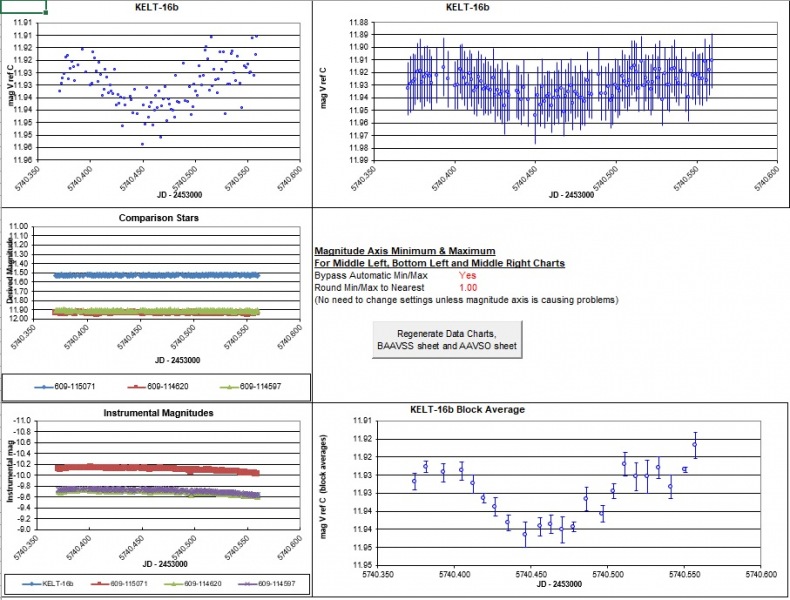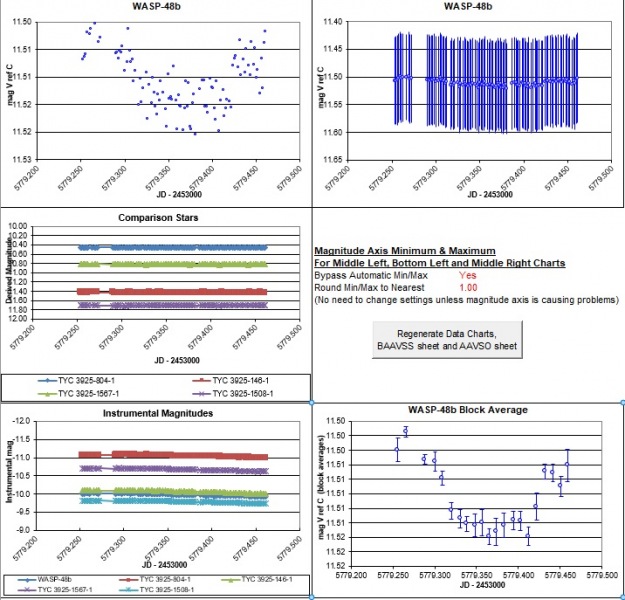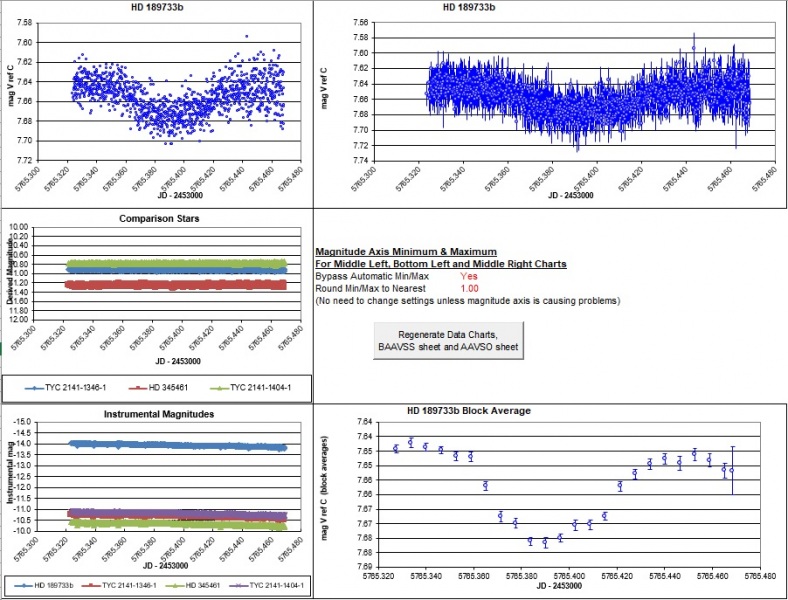[et_pb_section fb_built="1" _builder_version="4.4.1" global_colors_info="{}"][et_pb_row _builder_version="4.4.1" global_colors_info="{}"][et_pb_column type="4_4" _builder_version="4.4.1" global_colors_info="{}"][et_pb_text _builder_version="4.4.1" global_colors_info="{}"]
HAT-P-30b is a transiting hot Jupiter around a 1.25 solar mass star in the constellation of Hydra near the boarder of cancer.
Martin Crow and Simon Dawes observed this exo-planet transiting its parent start part of the exoclock project, to refine transit predictions for the Aerial space craft wich will be observing exoplanet transits to learn more about these enigmatic planets.
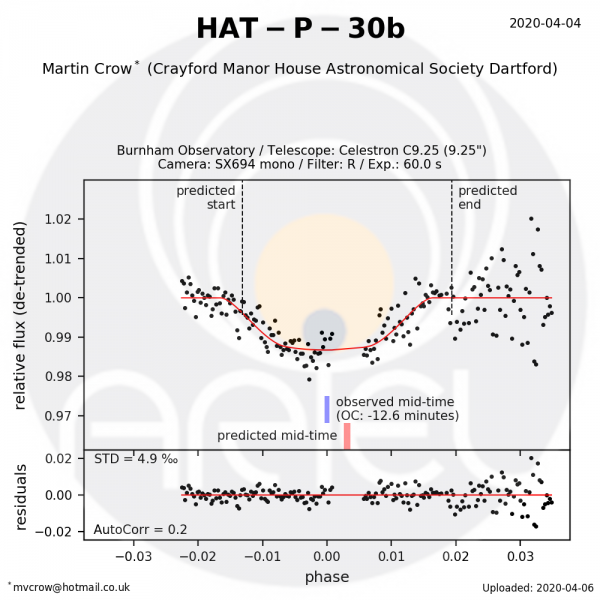
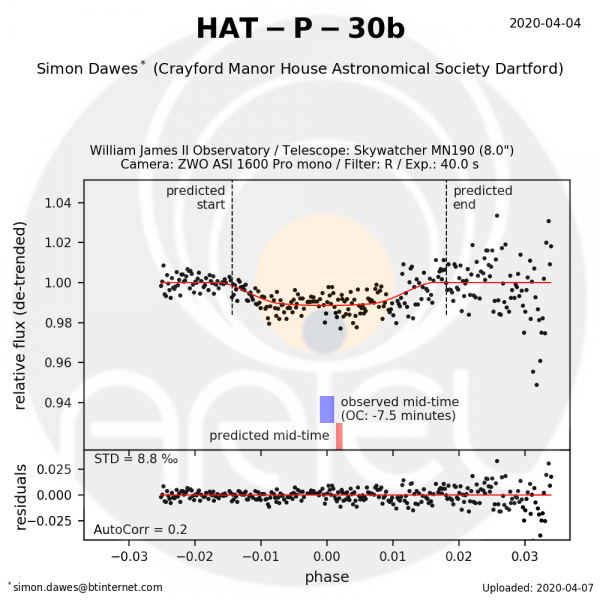
[/et_pb_text][/et_pb_column][/et_pb_row][/et_pb_section]

